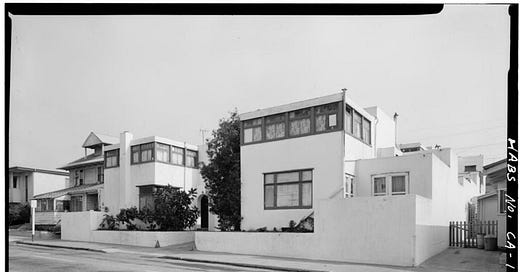I have been thinking a little lately about small urban things, specifically little houses, smaller lots, reclaimed public spaces, and the promise they collectively hold to transform Los Angeles for t…
Keep reading with a 7-day free trial
Subscribe to The Horizontal Fault to keep reading this post and get 7 days of free access to the full post archives.



